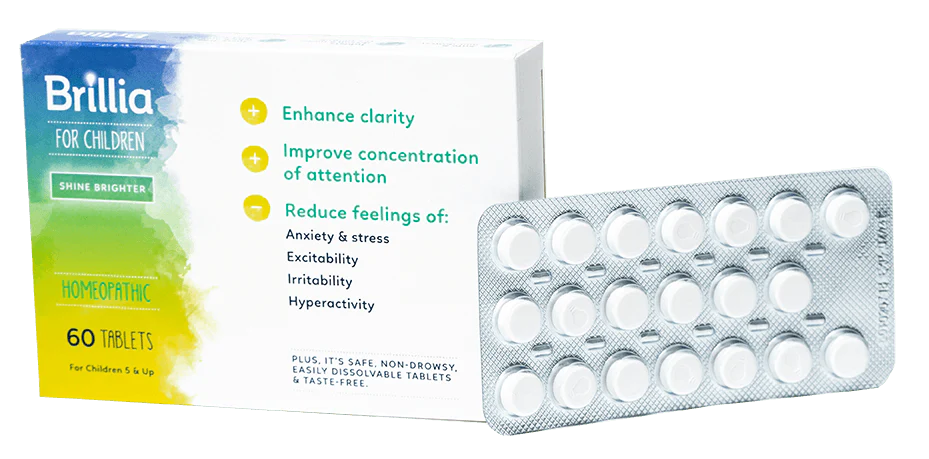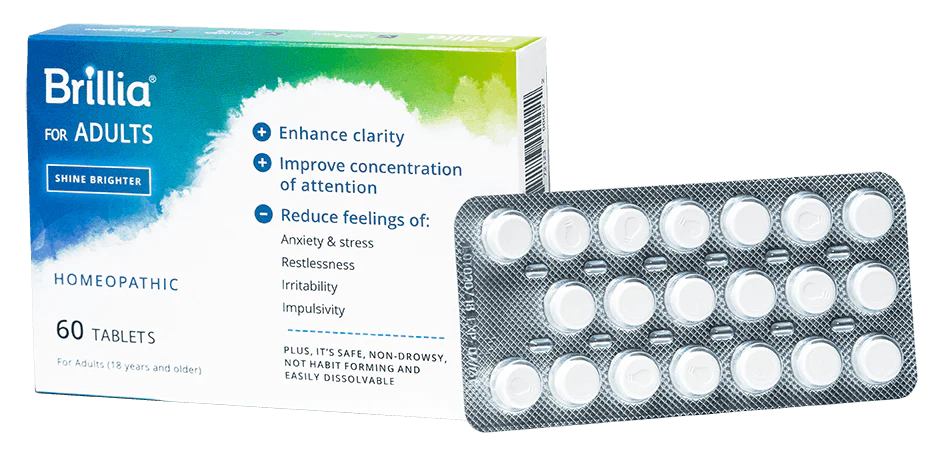With schools and offices closing due to the coronavirus, parents are adjusting to a work from home lifestyle while balancing taking care of their children. With both parents and children experiencing disruption in their routines and sharing the same workspace, similar emotions of anxiety and insecurity can pop up. Working from home with kids isn’t ideal, especially if your little one already has anxiety or hyperactivity challenges, such as ADHD.
There are ways to help acclimate both you and your anxious child as you adjust to a different routine.
1. Help Your Child Learn Anxiety Coping Skills
If you haven’t already, talk to your child about the coronavirus. See what they know and clarify any misconceptions they have. Teach your child how to wash their hands properly and explain why it is important and why they shouldn’t be touching their face.
This is a great opportunity to practice calming meditations with your child. Use a guided meditation for kids and practice together. You can also introduce deep breathing techniques to help reinforce mediation practices, which will be helpful resources as they continue to mature.
2. Practice Activities that Can Reduce Anxiety
It’s important to keep your child active throughout the day, even when they’re stuck inside. Schedule breaks in their day for you both to practice simple yoga poses together to help channel their anxious energy and encourage healthier lifestyle habits.
Shine Brighter
Art therapy is another way to help your child. This is a great way for your child to express their emotions nonverbally, and channel their creativity through painting or collaging. While they’re focused on art, you’ll have time to get your work done. Giving your child natural supplements is another way to encourage focus and reduce their feelings of anxiety. Brillia’s Five-Pillar approach is rooted in encouraging healthier lifestyle habits that can carry your child into adulthood better equipped to handle life’s ups and downs.
3. Calming Your Hyperactive Child
Hyperactivity can stand in the way of your child’s productivity and attentiveness. Give them breaks from homework or chores so they can release their energy through fun and play. Set a timer to teach your child when it’s playtime and when it’s time to focus.
When it’s playtime, encourage activities that improve memory and concentration, such as puzzles, play dough, and dress-up. If you have a backyard, encourage your child to play outdoors. Playing outside and getting fresh air will help them focus when it’s time to get back to work, so that you can stay focused as well.
When preparing meals for your child, avoid foods that may increase hyperactivity, such as sugars, artificial additives, and simple carbohydrates. Swap these out for foods with complex carbohydrates and proteins to help keep your child’s blood level stable and encourage concentration.
Now is a great opportunity to implement these techniques into your child’s everyday life. If you need something more, you can look into products like Brillia for Children, a unique, safe and impactful over-the-counter easy-dissolve tablet that does not have the harmful side effects of prescription medications. There is also a version for adults, Brillia for Adults.
Photo by Eugene Chystiakov on Unsplash







